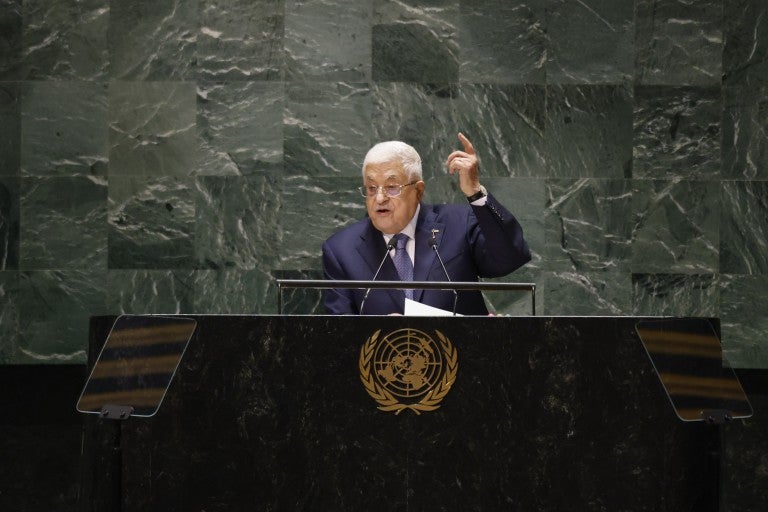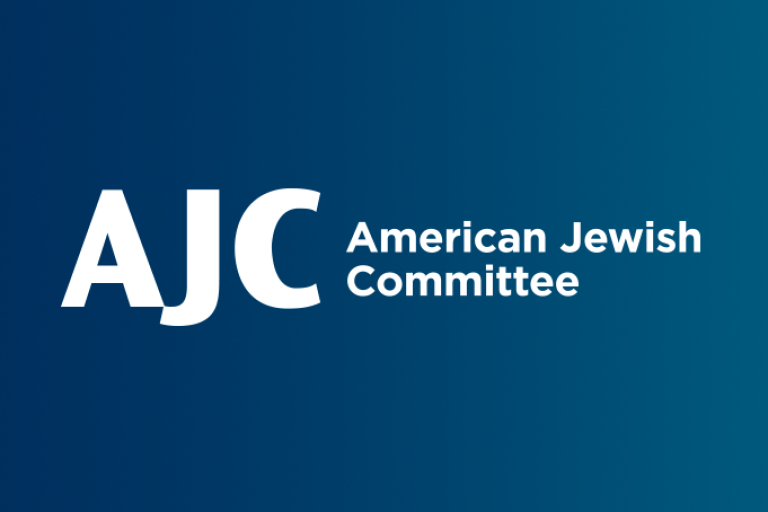February 7, 2016
Several years ago, I participated in a program in Israel keynoted by Justice Scalia. His lunchtime talk focused on America’s post-9/11 security measures and Israel’s security situation. The justice was everything you’ve read about him — blunt, witty, brilliant, outspoken, very human and unpretentious, heedless of the standard judicial reticence about community or public affairs. (He assured my son, then a yeshiva student in Jerusalem, that his Talmud study was good preparation for a legal career.)
A highlight of the program was a debate between Scalia and Aharon Barak, then chief justice of the Israeli Supreme Court, about Barak’s theory that any government action, including those conducted by its military, is subject to judicial review. It was a brilliant exposition of competing judicial philosophies. Scalia carefully explained why he thought Justice Barak’s theory a misguided approach for a democracy. Guest though he was, Justice Scalia pulled no punches (and neither did Barak).
I saw Scalia being equally forceful somewhat later in Washington, speaking to members of the Knesset’s constitution committee, which was then struggling with drafting a constitution (it never completed the job). He held forth eloquently on the subject of how much judicial review should be allowed.
What most sticks out in my mind about Scalia, though, was what happened at a reception in the home of the American ambassador to Israel. What, a foreign diplomat asked, did Scalia consider his most important opinion? There were only three people present: the diplomat, the justice and me — so he had no reason to be disingenuous. Without hesitation, he responded, Employment Division v. Smith, the case in which a majority of the Court held that the Free Exercise Clause of the Constitution did not require the government to accommodate religious practice so long as a law or regulation did not target or single out religious practice for regulation. It was a surprising choice because even then there were many other decisions most constitutional scholars would likely have pointed to.
At the time it was decided in 1990, Smith was highly unpopular among Jews and Jewish organizations, which backed legislation (Religious Freedom Restoration Act — RFRA) that largely overturned it. Justice Scalia termed it a silly law when in Israel, but he subsequently voted to apply it rigorously in several cases — most notably the Hobby Lobby contraceptives case — to the consternation of many, but of course not all, Jews. It is indeed likely that the next Congress will have to grapple with efforts to cut back on the scope of RFRA, unfortunately, with the support of many Jewish groups.
The opinion in Employment Division v. Smith does not fit with the oft-expressed, simplistic view — however well-grounded in Justice Scalia’s votes to tolerate various official prayers at graduations or public meetings, and religious symbols on public lands — that as a religious person, he used his seat on the Supreme Court to further the interests of (Christian) religion. In the long run, these prayer and religious symbol cases will be far less significant for the place of religion in American life than Smith. In short, Justice Scalia can’t simply be dismissed as a shill for organized religion (Christianity).
There are two common threads between the two sets of decisions. The first is a certain insensitivity to the place of minority faiths in America. It’s not that Justice Scalia was a bigot — he wasn’t. It’s that his narrow view of the judicial role in interpreting the Constitution, and his insistence on applying the constitutional text as he thinks its draftsmen would have, left those minority believers (or non-believers) likely to be shut out of the political process, with no recourse. Indeed, in Smith itself, Justice Scalia baldly acknowledged that majority faiths would manage to accommodate their needs through the political process, an option not available to smaller faiths. He dismissed the problem as an inevitable consequence of democracy.
The second common thread is an allegiance to interpreting the constitutional text in light of a perceived authoritative tradition, and leaving the rest to the democratic process. In the religion cases, that tradition was inclined to favor a generic Protestant Christianity.
That tradition was, of course, not unflawed, and sometimes could be seriously flawed. Moreover, the text of the Constitution was written for a very different world that was economically, technologically, morally and demographically far different. Justice Scalia’s textualism (sometimes called originalism) leaves us with a Constitution that is, frankly, outdated. Oddly, though, Justice Scalia, particularly in search-and-seizure cases, could make the Constitution speak to modern conditions when he chose.
But critics of his textualism leave us with no coherent theory of how the Court might short-circuit the painful business of piecing together a ruling majority. A textually unanchored process of constitutional adjudication is no more attractive in a democracy than one rigidly cabined to the 18th (or 19th) centuries.
Perhaps there is no way to adjust these competing views — but surely the nation is better off because Justice Scalia insisted on asking.
Marc Stern is general counsel for the American Jewish Committee (AJC).



